Bible Battle #4 – C. 1446 BC
After the Hebrews crossed the Red Sea their goal was to reach Mount Sinai. Their camp was attacked by nomadic Amalekites who saw them as trespassers but were defeated.
 ANCIENT HISTORY before the Battle of Rephidim
ANCIENT HISTORY before the Battle of Rephidim
As the people journeyed through the wilderness they began complaining about their thirst. Moses was directed by God to strike a rock at Rephidim and have water come out from it. This miracle quenched the people’s thirst and a possible rebellion. The people were still not ready for fighting, especially after
having grumbled against God and their leader.
Their attack might have been motivated by:
 CONFLICT BACKGROUND leading to the Battle of Rephidim
CONFLICT BACKGROUND leading to the Battle of Rephidim
JOURNEY AFTER the CROSSING of the SEA
Archaeologist David Rohl’s findings were a major contribution to the route described below.
- Hebrews marched through Wilderness of Shur.Camels were not domesticated and introduced as carrying animals until 1000 BC so people were definitely on foot. There is no sure location for Elim. But given the that the centre of the Sinai Peninsula offered nothing but desert, we assume they went directly south instead of east or southeast.
- Continued through Wilderness of Etham.They must have gone south also because they were back at Etham (which they had passed before the crossing of the sea northward. This time they passed Etham going south on the opposite side of the border canal. Given that the journey took 3 days walk until the nearest water source they would have covered roughly 100 Km.
- Reached bitter waters of Marah (Bir Marrat). Bir Marrat is a real location (“bitter waters” in Arabic) on the way to the Gulf of Suez; the distance corresponds.
- Walked one day walk to Elim (Ain Musa).This is where they had fresh water springs and set up camp to rest for a few weeks.
- After resting they reached the Red Sea at the Gulf of Suez.This place was called Yam Suph, which must refer to the actual Red Sea, (rather than Reed Sea from the crossing before). It was located at the tip of the Gulf of Aqaba. We know that Yam Suph refers to this location here because of a later reference made to it: King Solomon would build his ships at Yam Suph Red Sea (and not Reed Sea, where no ships could be launched).
- Reached Dophkah (could refer to Du Mofka meaning “Mountain of Turquoise”) through an inland route.The Hebrews came here because they were not able to continue following the coast due to a mountain massif. The journey through the wilderness of Sin (probably referring to Sinai) was roughly 50km to Dophkah.This place was an Egyptian Turquoise mine worked by Semitic slaves. Moses may have passed by here to free these slaves as he had done in Egypt. There is a temple on top of the mountain dedicated to Hathor, the Egyptian goddess of the desert. This goddess was represented by a calf and might have been the inspiration for the golden calf image that the Hebrews made later.
- Arrived at Wadi-el -Ush (Alush); 41 km later .This was where the miracles of Mana and quail took place.
- Then 24 Km further southeast lies Wadi Refayid (Rephidim). They were attacked here by the Amalekites.
The AMALEKITE ENEMY
By references made, throughout scripture, of the Amalekite scorn for God we may assume one or both of the following:
(a) these people had been given knowledge of the Hebrew God but circulating stories or other means; (b) they might have witnessed the power of God firsthand through the parting of the Red Sea.
What took place at the Red Sea crossing was, albeit in limited point of view, God’s exposure as a super weapon in the hands of the Hebrews.
 NOTHING NEW UNDER THE SUN
NOTHING NEW UNDER THE SUN
This was not unlike the US deployment of the first atomic bombs in 1945. Although this served to bring the JapaneseEmpire to its knees (as the Hebrews had done to Egypt), the greatest effect was as an intimidation to the Soviet Union.
God assured His people that the nations would be terrified, in anguish and terror of them (Exodus 15:14-17). This was to ensure that the way would be clear for their safe, unopposed passage into Sinai. God did not want other nations to be subdued by Israel unless they stood on the way.
The assembly marched through the Sin Desert and arrived at Marah, hungry and thirsty. God provided manna and quail for them. One of the theories about what this manna is that it consists of secretions if burrowing insects left on tamarisk bushes. Regardless, what is important is that people were given provision by God.
For provision of water, God directed Moses to strike a rock at Rephidim.
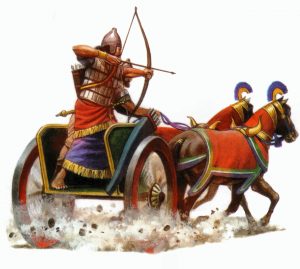 MILITARY HISTORY of the Battle of Rephidim
MILITARY HISTORY of the Battle of Rephidim
At this point the people were at their weakest.
On the first day the Israelite encampment may have incurred an initial exploratory attack from the Amalekites who were assessing Israel’s numbers. Moses immediately puts Joshua in charge of a fighting force for the next day. There are historians that stipulate that Joshua may have had military training in Egypt and is well prepared with the tactical principles to command the Hebrews.
 (2)
(2)On the second day Moses made sure he was at the top of the hill not to direct the battle but for the combatants to see him and be encouraged. In many battles, right up to the modern day, we see hills as important vantage points from where the officers can direct the movements of the troops. Here the role is reversed.
The Amalekites launched full out attacks. The fighting morale was crucial here. Moses made sure he kept his arms raise all throughout, needing the help of Aaron and Hur. The enemy was close to winning a few times but were ultimately defeated by Joshua. After the battle, Moses built an altar
called “The Lord is my Banner”.
 NOTHING NEW UNDER THE SUN
NOTHING NEW UNDER THE SUN
During the US Marine invasion of the Japanese held island of Iwo Jima, in February 1945, the Americans made sure they took Mount Suribachi. This was the highest point of the island and the key importance of it was so that they could raise the US flag to boost the troops’ fighting spirit.
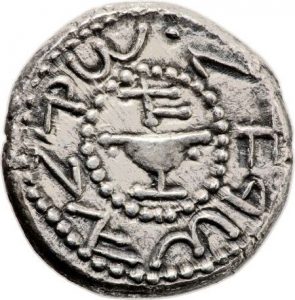 BIBLE HISTORY AFTERMATH of the Battle of Rephidim
BIBLE HISTORY AFTERMATH of the Battle of Rephidim
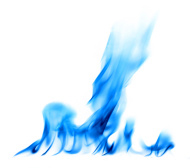 SPIRITUAL WARFARE in the Battle of Rephidim
SPIRITUAL WARFARE in the Battle of Rephidim
COLORS
Banners were used in ancient military tactics for communication. We do not have an indication of banners being used in this battle. Indeed it was Moses’ arms that served as a banner for the battle reflecting God’s power over the outcome. Moses served as a banner for the fighting men but he was but a reflection of God, the true banner.
The spirit of God lifts up the war banner in our spirit man for us to have strategic advantage in the fight.
Isaiah 59:19 AMP: [19] So as the result of the Messiah’s intervention they shall reverently fear the name of the Lord from the west, and His glory from the rising of the sun. When the enemy shall come in like a flood, the Spirit of the Lord will lift up a standard against him and put him to flight for He will come like a rushing stream which the breath of the Lord drives.
The best the Devil is is slow. Our power is fast moving, stronger and better than the enemy. If we speak right then he doesn’t even show up. All translations have a weak adjective to describe the enemy’s rising waters and a strong adjective to describe the spirit of God.
This attack was particularly harsh because the Amalekites had no compassion for a helpless people that was not even an enemy. They had no fear of God and an attitude of utter disdain for God’s heart of charity and compassion will not be forgotten and God thereafter instructs his people to never have anything to do with the Amalekites and to shun them forever.
The Amalekites, that day, lost a lot more than a battle. They were perpetually cut off from the creator of a heaven and Earth and disallowed the benefit and protection of being under Him.
 POINT A CROSS
POINT A CROSS
(1) Moses had struck the rock and water came out. Jesus was struck by the lance after his death and water also came out. Spiritually, living water comes out of Jesus out so that the world is saved by it.
(2) Moses arms were held up on a hill just like Jesus was held up on the hill of Golgotha.
Rephidim was the first time water came from a rock to supply the people. There would be a second time, later, where things did not take place as God willed it and with serious consequences.
 PRAISE & WORSHIP
PRAISE & WORSHIP
Father: you laid your affliction upon your Son, the Rock, so that we might have acces to the water of Life. For this I thank you. 1
 WORLD HISTORY TIMELINE at the Battle of Rephidim
WORLD HISTORY TIMELINE at the Battle of Rephidim
Events in History
Below is a history of the World timeline pertaining to the Ancient Middle East joined with the history of the Bible.
This world history timeline shows ancient calendars dates prior to 664 BC based on Rohl’s New Chronology. For a detailed explanation on the coherence of the Bible history timeline with other ancient history events please refer to our chapter “Chronological Discrepancies” for clarification.
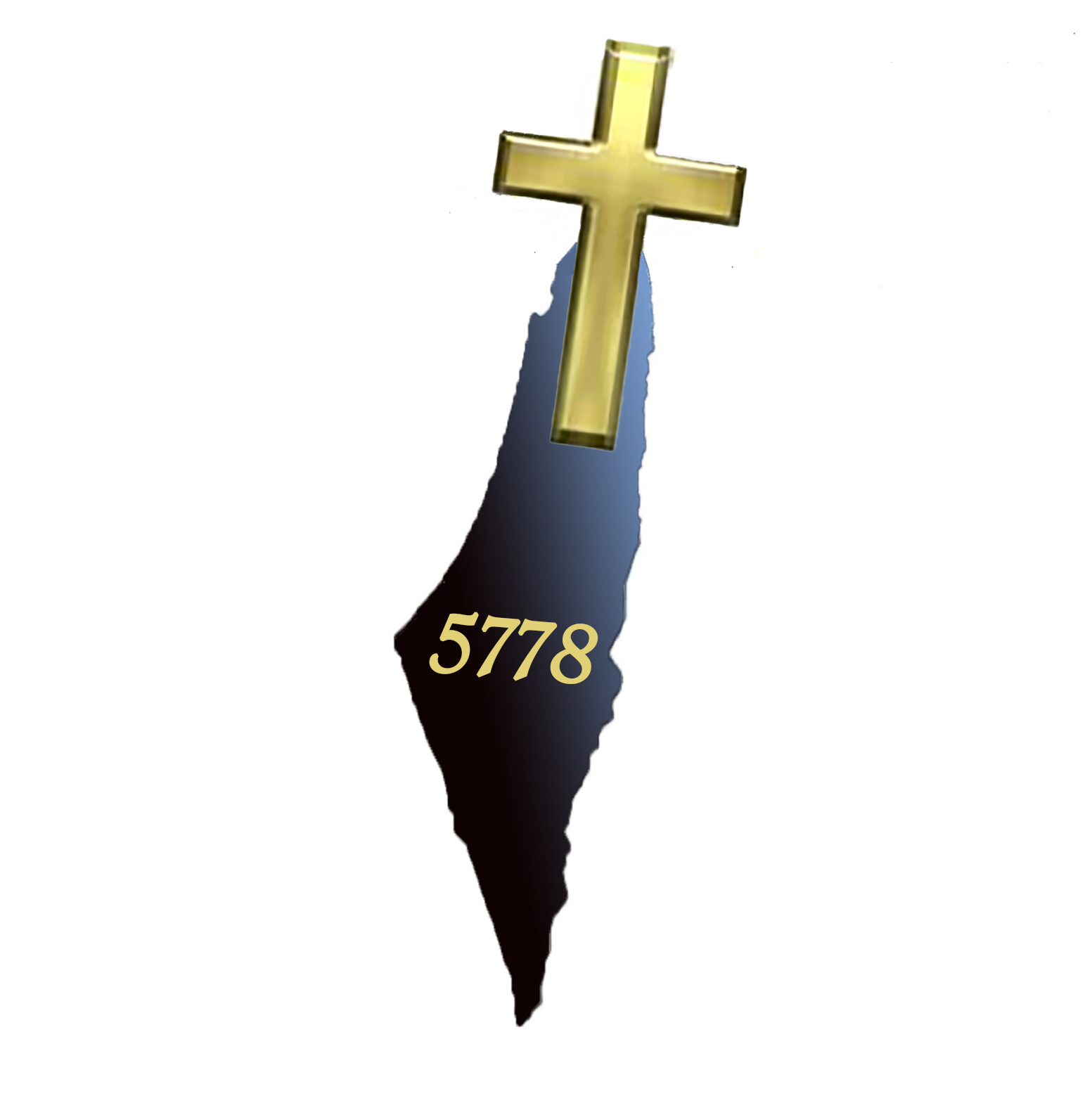
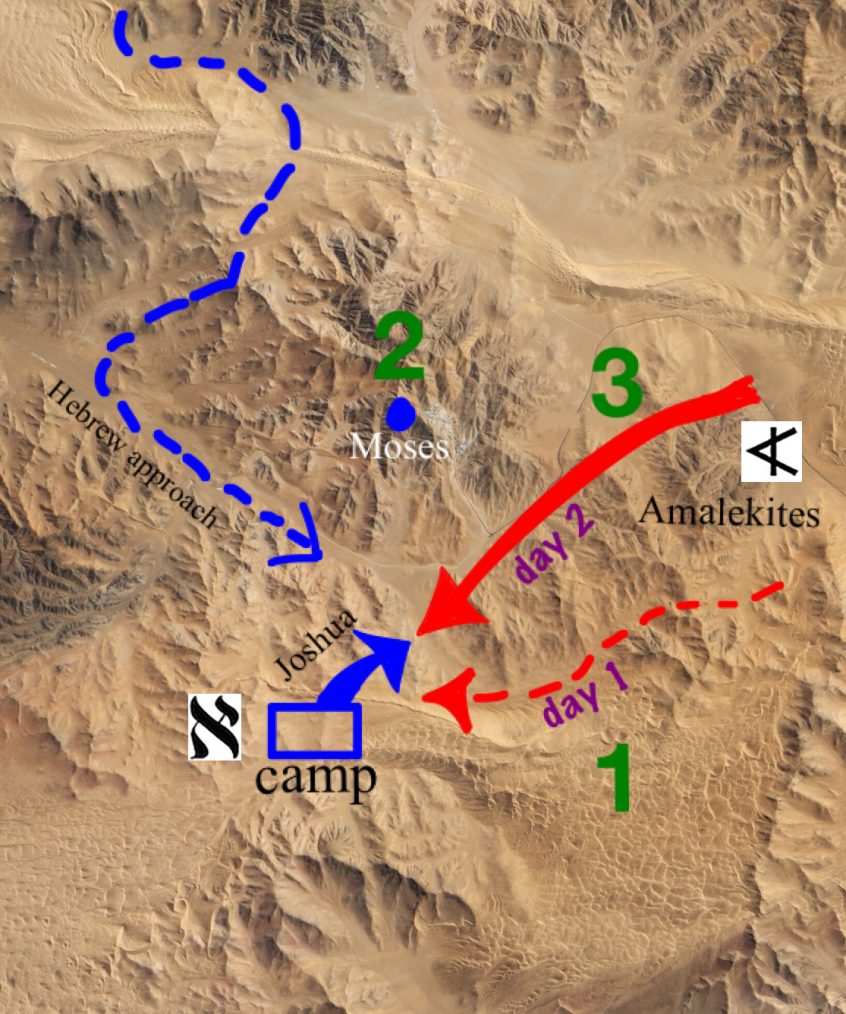
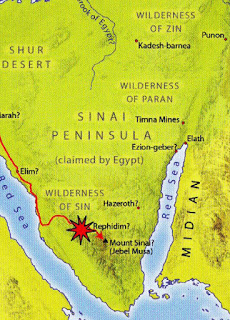
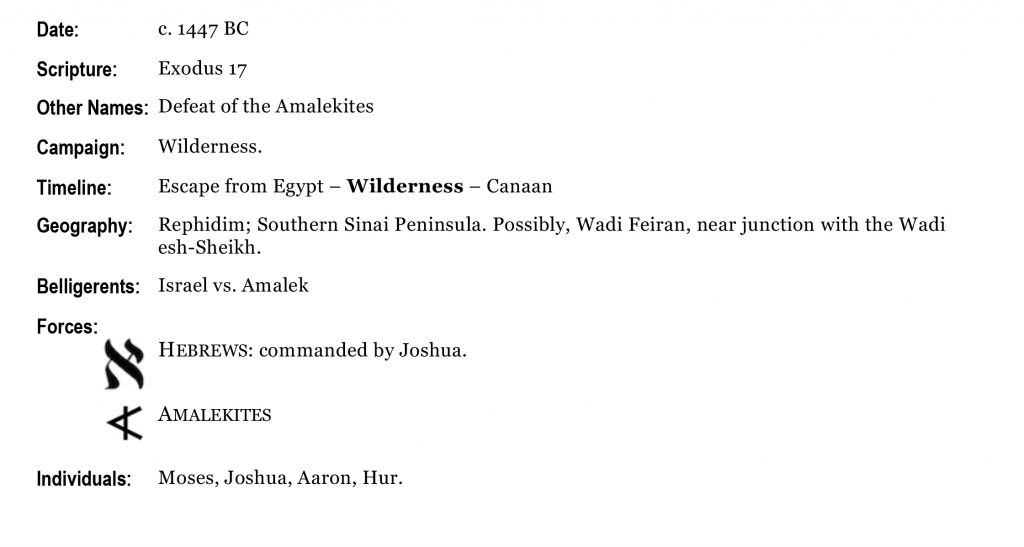


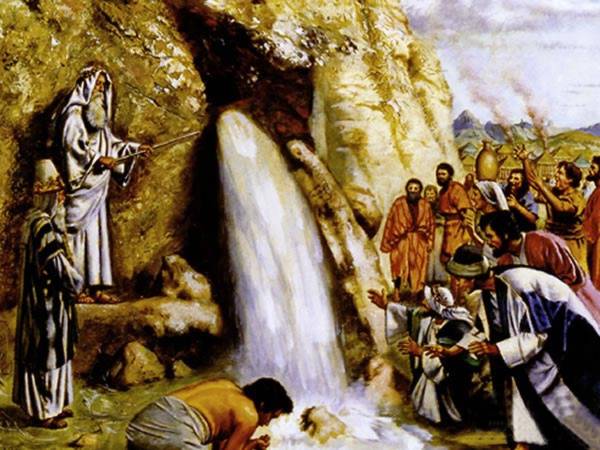
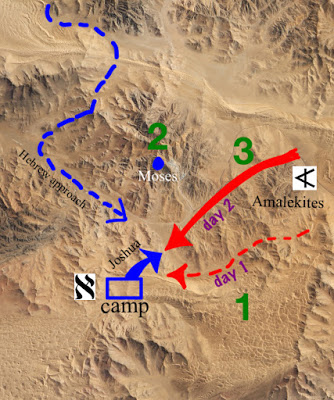
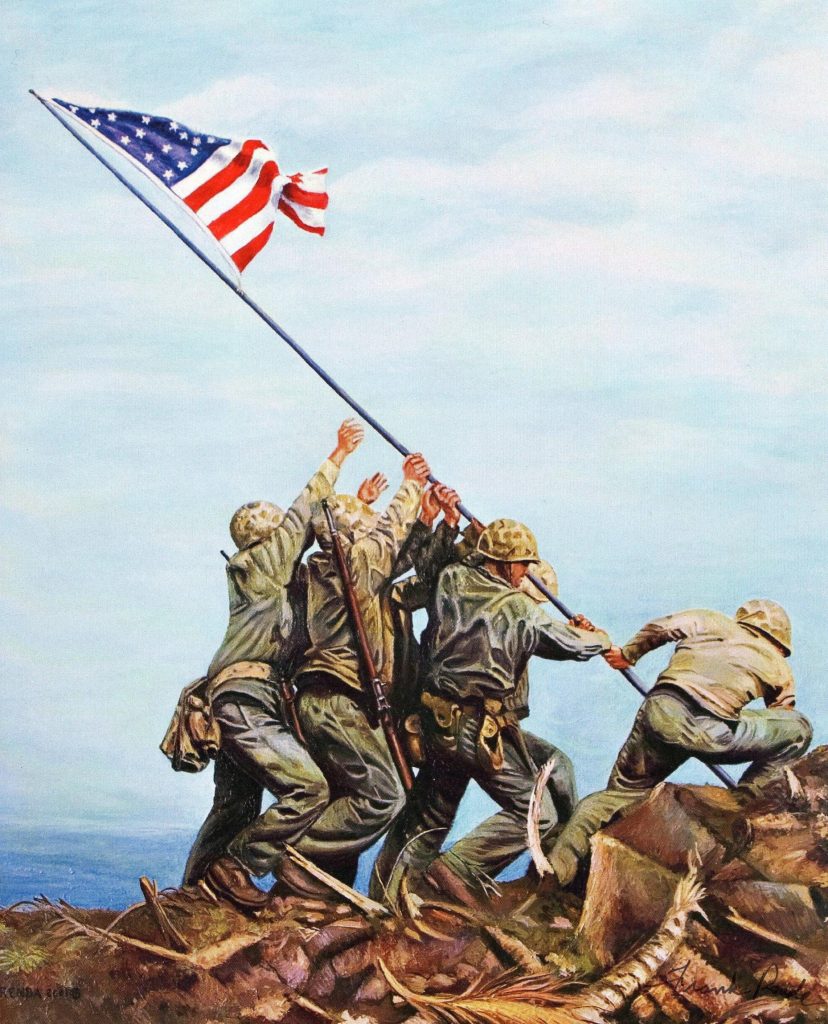


5 Comments on “Battle of REPHIDIM – Defeat of the Amalekites – Moses on the hill”
Pingback: 7 reasons why VICTORY is GUARANTEED - Gods War Plan | Best Bible Battles & War Strategy
Pingback: Egyptian Captivity and the Holocaust parallel - Gods War Plan | Best Bible Battles & War Strategy
Pingback: Victory at HORMAH - Gods War Plan | Best Bible Battles & War Strategy
Pingback: Wait in the Wilderness - Gods War Plan | Best Bible Battles & War Strategy
Pingback: INDEX - CONTENTS - Gods War Plan | Best Bible Battles & War Strategy